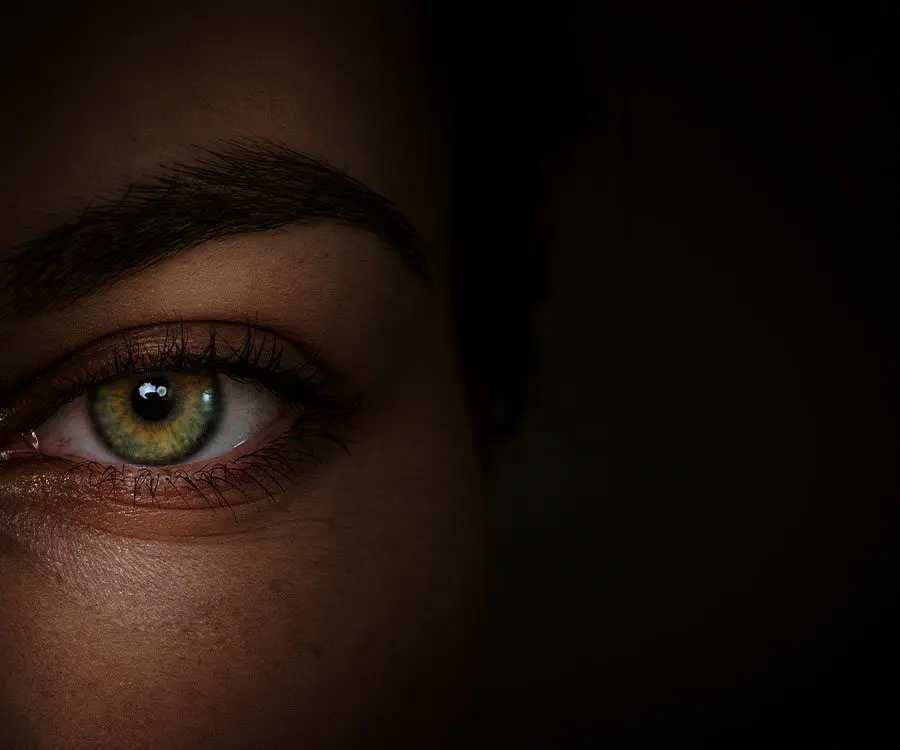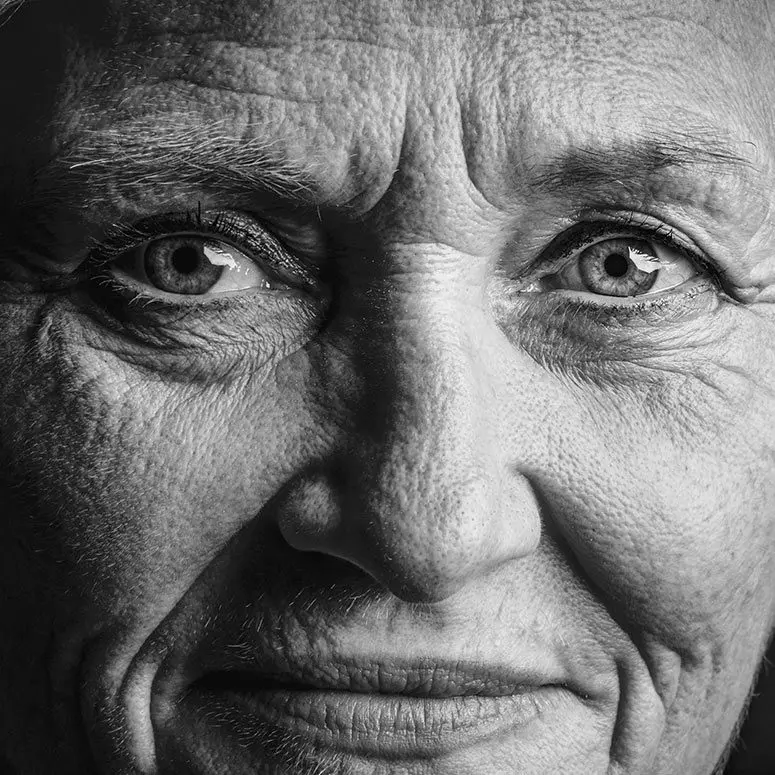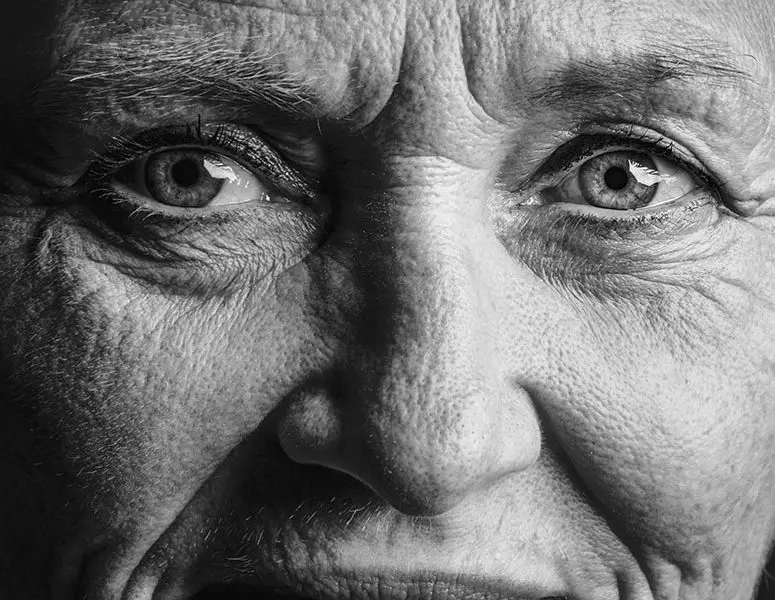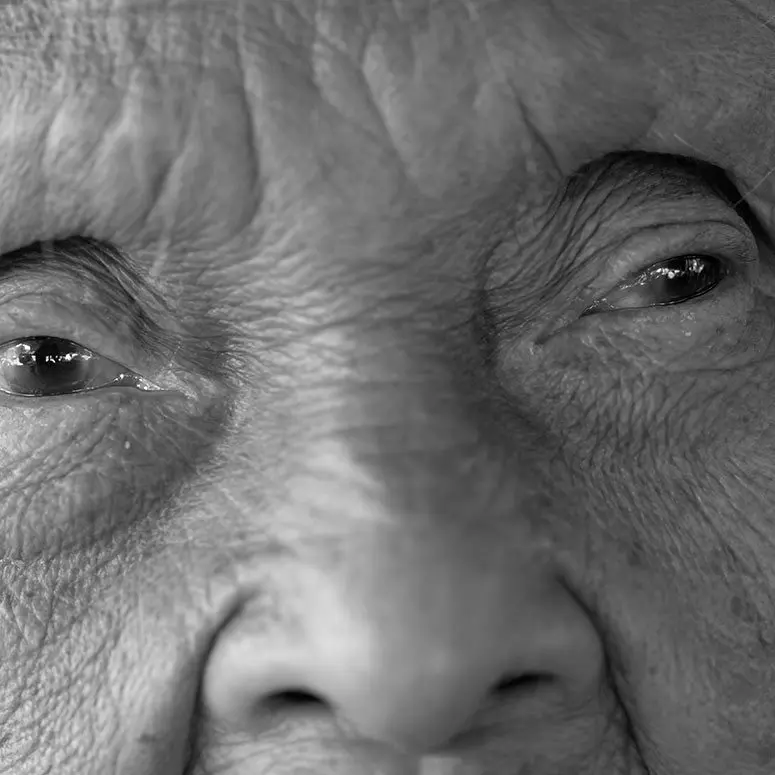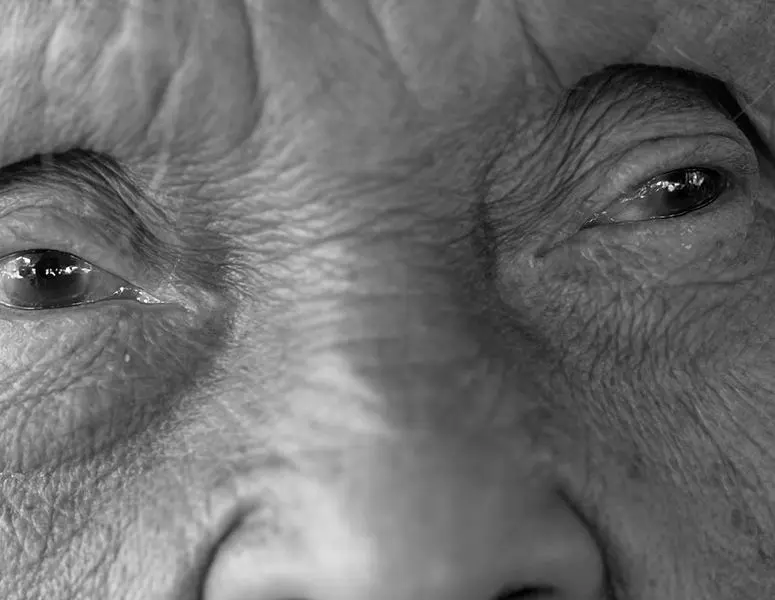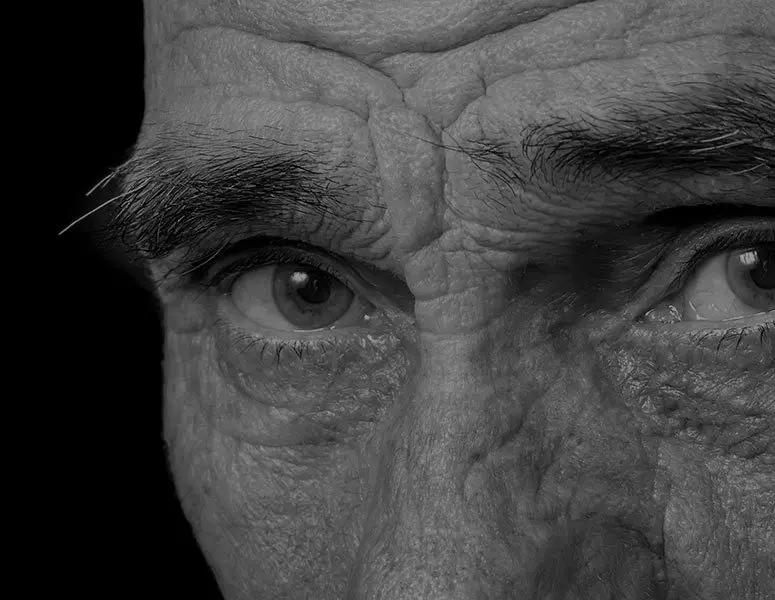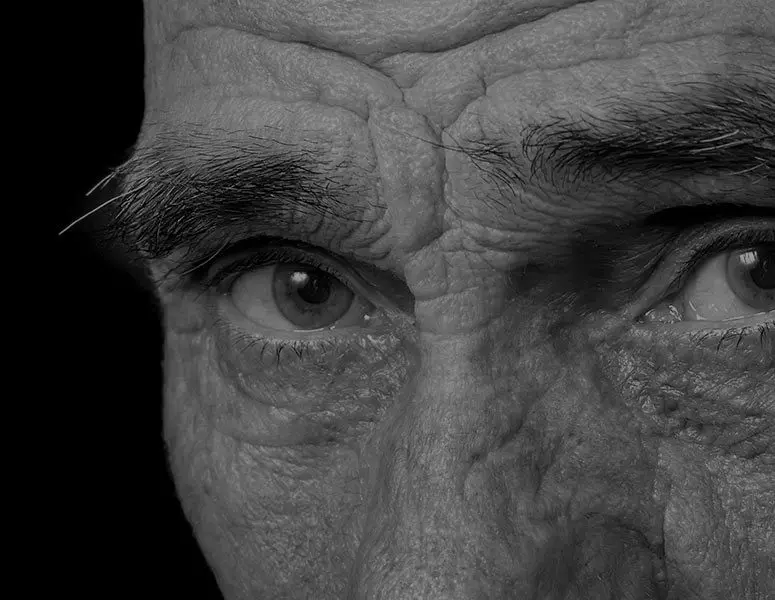- Macula

Valeda Light Delivery System (LDS)

- Treatment

- Macula
Valeda Light Delivery System (LDS)
The Valeda Light Delivery System (LDS) is the world’s only approved device for treating dry macular degeneration, the leading cause of vision loss among older adults.
What is Valeda treatment?
Developed by LumiThera, the Valeda™ LDS utilises photobiomodulation therapy to target the underlying cellular processes involved in macular degeneration.
Valeda photobiomodulation therapy harnesses the power of low-level light therapy to stimulate cellular function and promote tissue repair by improving metabolism within the mitochondria – the organelles that are responsible for energy production. In the case of macular degeneration, the Valeda™ device delivers precise wavelengths of light to the affected retinal cells, enhancing their metabolic activity and promoting healing. This non-invasive approach offers a promising alternative to traditional treatments like injections or surgery, which can be invasive and carry associated risks.
One of the key advantages of the Valeda™ device is its ability to deliver targeted therapy directly to the site of the degeneration, minimising collateral damage to surrounding tissues. So far, research has shown that PBM therapy attenuates degeneration in sick retina and optic nerve cells, accelerates wound healing, and improves recovery from ischemic injury.

The use of PBM is a dynamic and growing field of research. The science has been shown to work in vitro, in vivo and in the clinical situation. Clinical trials have shown promising results, with patients experiencing improvements in visual acuity and quality of life.
As of 2024, an estimated 18,000 patients have been treated worldwide with no reported adverse effects. The Valeda™ light therapy treatment is extensively used in the UK, throughout Europe and the rest of the world. The relatively slow uptake of the treatment in the UK is due to the complexity of getting a new treatment code from the NHS. The current president of the Royal College of Ophthalmologists, Professor Ben Burton led the Lightsite II trials, and further, LumiThera and the FDA are now “fast-tracking ” the approval process in the U.S.
As further research and development continue, the Valeda™ device holds the potential to revolutionise the management of macular degeneration in the UK, offering hope to millions of individuals worldwide affected by this debilitating condition.
The use of PBM is a dynamic and growing field of research. The science has been shown to work in vitro, in vivo and in the clinical situation. Clinical trials have shown promising results, with patients experiencing improvements in visual acuity and quality of life.
As of 2024, an estimated 18,000 patients have been treated worldwide with no reported adverse effects. The Valeda™ light therapy treatment is extensively used in the UK, throughout Europe and the rest of the world. The relatively slow uptake of the treatment in the UK is due to the complexity of getting a new treatment code from the NHS. The current president of the Royal College of Ophthalmologists, Professor Ben Burton led the Lightsite II trials, and further, LumiThera and the FDA are now “fast-tracking ” the approval process in the U.S.
As further research and development continue, the Valeda™ device holds the potential to revolutionise the management of macular degeneration in the UK, offering hope to millions of individuals worldwide affected by this debilitating condition.

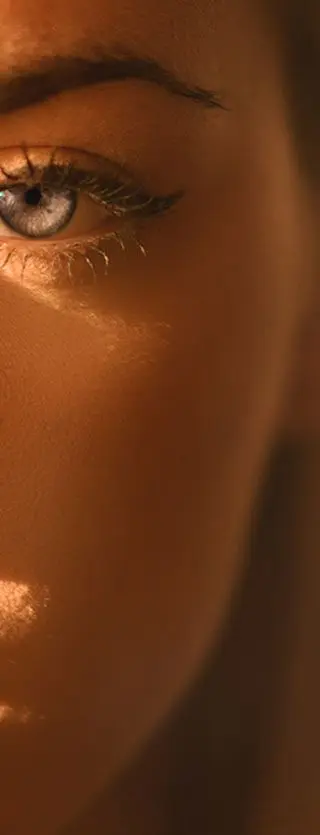
How does Valeda dry AMD treatment work?
- 1.Treatment Administration: The patient's eye is positioned in front of the Valeda device, emits multiwavelength LEDs, each treatment lasts less than 5 minutes per eye.




